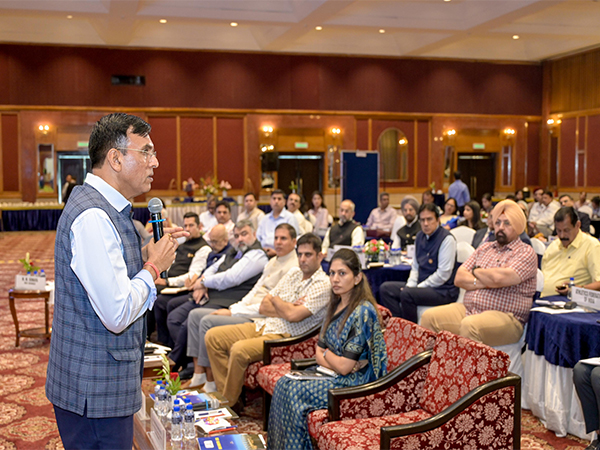
India's Vision for 2036: A Strategic Approach to Global Sports Supremacy
India is setting its sights on becoming a leading force in the world of sports, with a clear vision to emerge as one of the top medal-winning nations in the 2036 Summer Olympics and Paralympics. This ambitious goal was outlined by Union Minister for Youth Affairs and Sports, Mansukh Mandaviya, during a significant event known as the Khelo Bharat Conclave.
The conclave brought together a diverse group of stakeholders, including representatives from National Sports Federations, the Paralympic Committee of India, the Indian Olympic Association, academic institutions, corporate entities, and key figures in Indian sports administration. The day-long brainstorming session aimed at positioning India as a global sports power by 2047, aligning with the broader objectives of the Khelo Bharat Niti 2025 (sports policy).
Key Pillars of the Khelo Bharat Niti
The discussions focused on several critical pillars of the Khelo Bharat Niti, emphasizing the importance of good governance and the upcoming Bill that will be introduced in the Monsoon session of Parliament starting July 21. The policy underscores the need for collaboration among various stakeholders, including National Sports Federations, state governments, and corporate houses, to ensure that India ranks among the top 10 nations in the 2036 Olympics and Paralympics.
Mandaviya highlighted that sports should be viewed as a public movement, requiring collective effort and unity. He emphasized that achieving these goals would only be possible through comprehensive planning and a shared commitment. "We have to shed our egos, focus on comprehensive planning, and convert plans into substantial output," he stated.
Stakeholder Engagement and Policy Development
Stakeholders at the conclave unanimously acknowledged the government's ambitious yet sincere efforts towards achieving global standards in sports. Each presentation was followed by interactive sessions where participants offered valuable suggestions, which were documented by senior ministry officials.
Union Minister of State for Youth Affairs and Sports, Raksha Nikhil Khadse, noted that the Khelo Bharat Niti was developed after extensive research into the ground realities and challenges faced by Indian sports. The policy took over a year to finalize, incorporating numerous updates from discussions with key stakeholders.
Khadse expressed optimism about the potential of the integrated policy to drive India's success in sports, stating, "By employing this integrated policy, India can shine in the world of entertainment, provide jobs, and really provide direction to the youth of India."
Governance and Accountability
Mandaviya has placed significant responsibility on the National Sports Federations (NSFs) to lead the charge in implementing good governance. He urged the NSFs to present a five-year policy by August and subsequently develop a 10-year plan. With the Asian Games scheduled for 2026, he emphasized the need for a holistic approach that not only aims for medals but also seeks to establish sports as a commercial enterprise.
Key discussions also revolved around the need for quality coaches, skilled administrators, and the development of the sports goods business. Additionally, there was a strong focus on addressing the issue of doping within the sports community.
Performance-Based Grants and Event Calendars
The Ministry has adopted a "nation-first" approach, demanding serious commitment from national sports federations. They have been asked to outline three good governance initiatives by August 29, National Sports Day. Mandaviya stressed that the success of the Khelo Bharat Niti depends on effective execution of these initiatives.
He also mentioned that the Ministry will provide support to NSFs but will transition to performance-based grants in the future. This shift aims to ensure that planning and management are focused and serious.
Furthermore, the Ministry has urged NSFs to maintain proper event calendars to prevent logistical issues for athletes.
Talent Development and Future Plans
In alignment with the vision of a Viksit Bharat (developed India), the sports ministry is focusing on a three-layered structure for talent development, starting from schools and converging at the proposed Olympic Training Centres. The government has outlined a five-year plan (2026-27 to 2030-31), beginning with residential sports schools involving over 16,500 students. These students will progress to intermediate levels and eventually reach the elite division, targeting more than 1,300 potential international medal winners.
Mandaviya emphasized the crucial role of states in nation-building. Given the magnitude of the task, the government has proposed signing agreements with states, schools, and corporates as needed to achieve long-lasting results.
Komentar
Posting Komentar